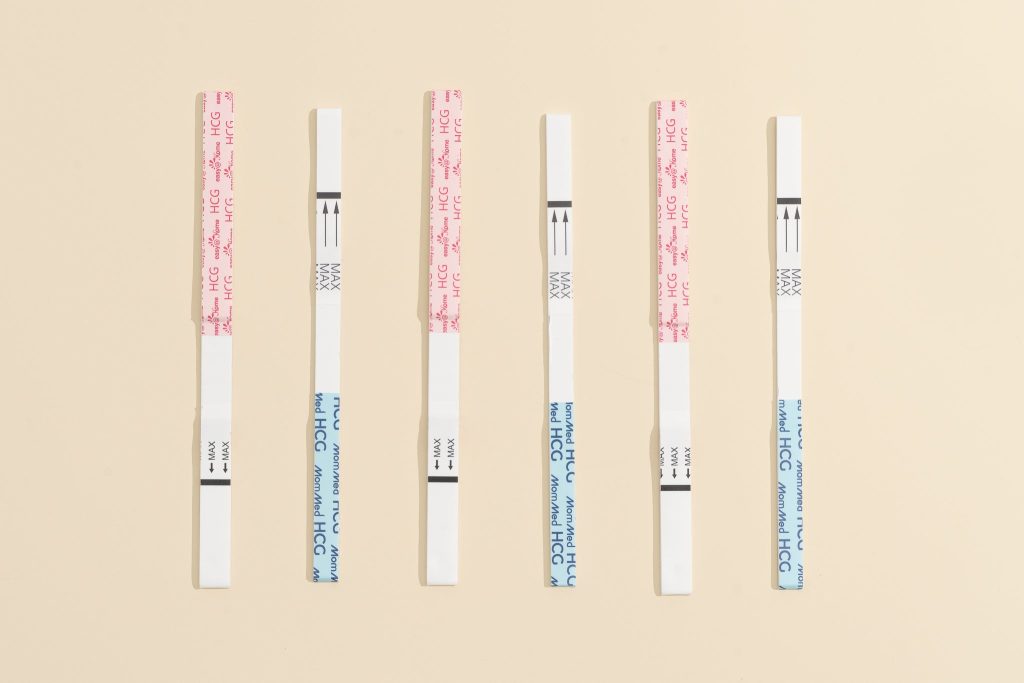
A pregnancy test is a medical device used to determine if a woman is pregnant by detecting the presence of the hormone human chorionic gonadotropin (hCG) in urine or blood. hCG is produced shortly after a fertilized egg attaches to the wall of the uterus.
A pregnancy test measures the presence of the hormone hCG, which is produced during pregnancy. There are two main types of pregnancy tests: urine tests, which can be done at home or in a clinic, and blood tests, which are performed in a healthcare setting.
The process of taking a pregnancy test varies slightly depending on the type of test used:
Urine Test (Home Pregnancy Test):
Blood Test (Clinical Pregnancy Test):
© 2021-2025 Wyandotte Urgent Care Clinic. All Rights Reserved. Made With Love by Ignite Marketing Agency.